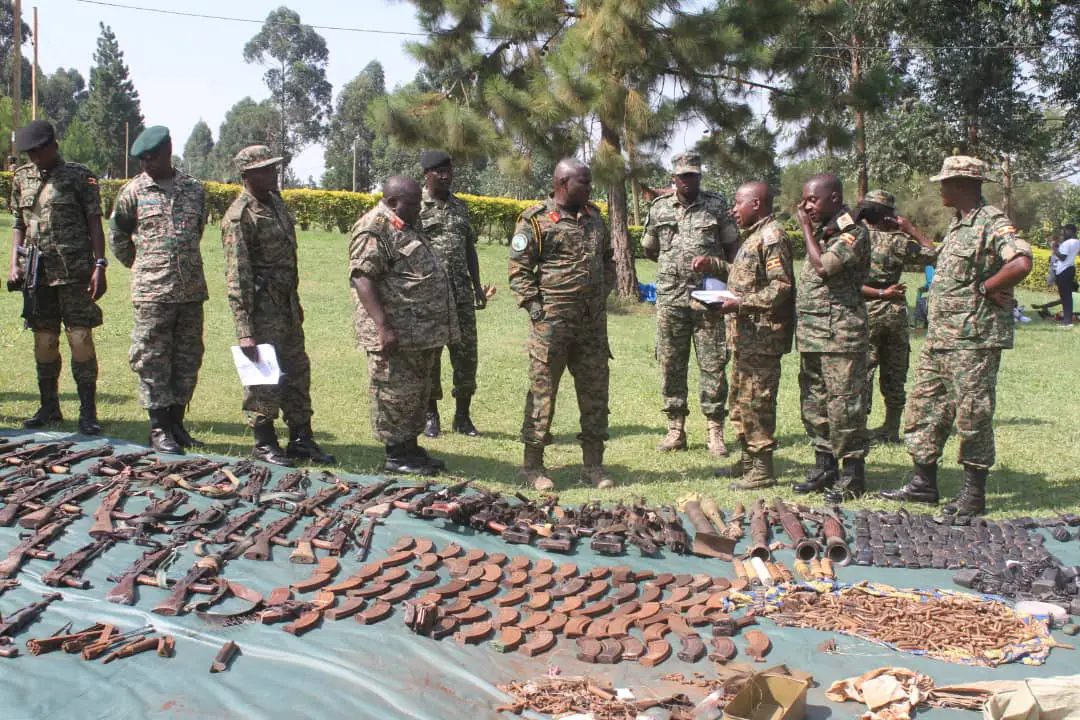
Every time something comes to an end, something else begins. There is a double suspicion as to whether it is the end of a beginning or the beginning of the end of Uganda’s struggle against terrorism.
Violence has been used against states for a long time. This goes way back to state formation and evolution, due to a number of reasons and causes in society itself. Even people who want to overthrow governments often use violence against the states, but these mostly target the establishment (the army, the police, and other security organs).
When violence against states evolves from attacking the establishment to attacking citizens and ordinary citizens, with or without any quest for power, its definition is not different from terrorism.
The president of the Republic of Uganda, H.E. Yoweri K. Museveni, earlier this week addressed the country’s operations against ADF terrorists, especially in the Democratic Republic of Congo, where he asked patriotic Ugandans to advise anyone they know who is linked to the ADF to surrender or else they will face consequences as the ADF has no chance of surviving.
Well, does the statement really give a lot of hope to the country? Any dispassionate analysis would question the centrality of the current war on terror, at least in terms of overall human well-being, but it is necessary to accept this representation given its potency and centrality in international security thinking since 2001.
This calls for international and cross-border combat against terrorism. The joint AMISON troop mobilization for Somalia is a good example of a serious fight against terrorism.
Could this joint effort form against the ADF? I am not sure!
Uganda has experienced general terrorist threats and a series of shootings of prominent people, including that of the assistant inspector general of police, Andrew Felix Kaweesi, in 2017.
The former commander of the Ugandan army (UPDF) and currently the Minister for Works and Transport, Gen. Katumba Wamala, survived an assassination attempt in June 2021 in an attack that left his daughter and driver dead, which have all been linked to the ADF terrorist group. There were four bombings in October and November of 2021, which were attributed to and claimed by the ADF.
This prompted the Uganda Peoples’ Defense Forces (UPDF) to begin a joint operation with the Armed Forces of the Democratic Republic of the Congo (FARDC); Operation Shuja, to combat terror attacks in the eastern Democratic Republic of the Congo.
In June 2023, the ISIL-linked ADF rebel group attacked Llubiriha secondary school in Kasese district on the extreme border point of Uganda and the DRC, and at least 38 students were killed in the attacks. In October 2023, a couple involving a British businessman, David Barlow, his wife Celia, a South African-born hotel executive, and their Ugandan guide were driving through Queen Elizabeth National Park when they were attacked and killed by a group linked to the Islamic State.
On Monday, December 18, 2023, at least 10 people were confirmed dead in an attack by ADF insurgents. According to police, 10 armed assailants attacked and fatally burned 10 people in Kyitehurizi trading centre, Kyabandara parish in Kamwenge sub-county, located near Kibale National Park.
Initially, the Allied Democratic Forces operated in Kampala, Iganga, and Masaka, which are urban centers, before they were defeated by our security forces to retreat into Western Uganda, where they were later followed by the UPDF and defeated into hiding in the DRC.
Would I be right to say that Kampala is now purely safe from the ADF? I am not even closer to being sure!
The recent change of tactics from targeting urban centers to guerilla attacks and massacres, as recently seen in Kamwenge and Kasese districts of western Uganda, is abundant evidence that these terrorists have learning environments that have combined with the internationalization of terrorism to allow the far more rapid spread of tactics, and these changing tactics create more worries about the possibility of an end to human suffering.
This raises double suspicion about whether it is the end of the beginning or the beginning of the end of ADF threats in Uganda.